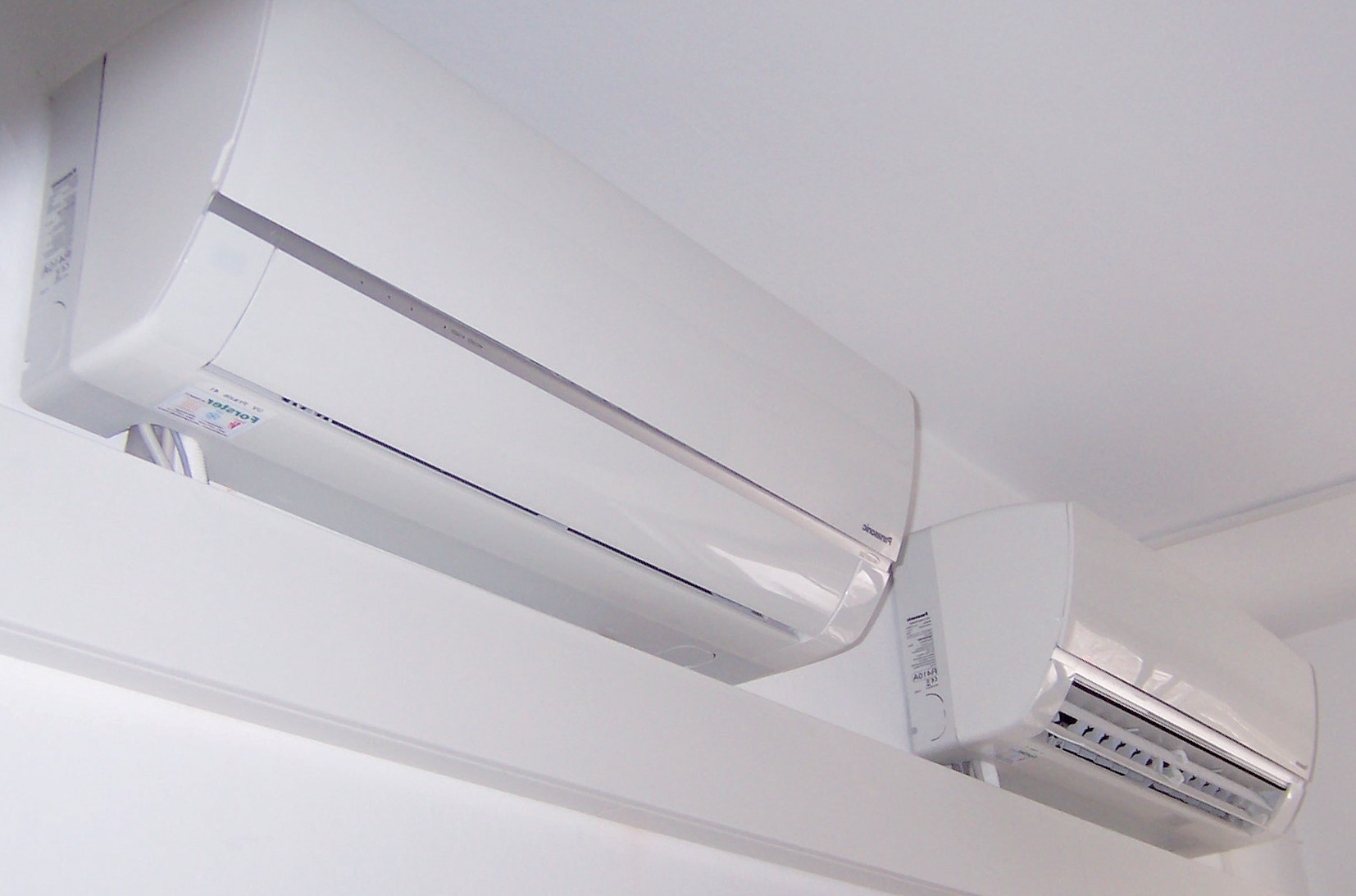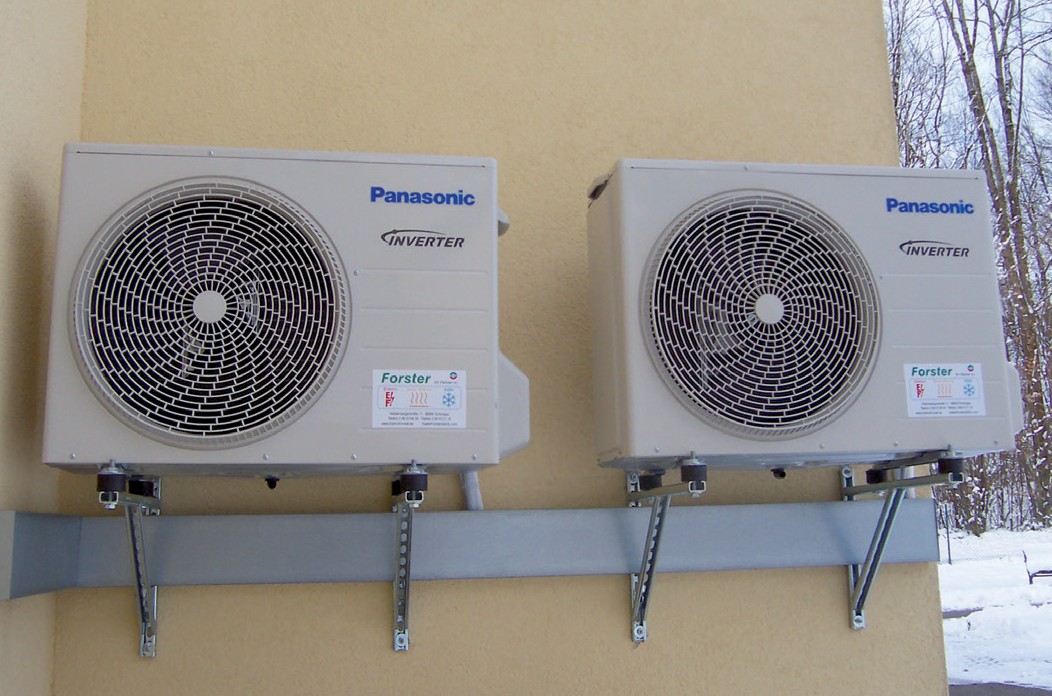

Safety to a Great Power
Munich Municipal Hospital benefits from Panasonic PKEA technology for its Server Room
An example can be seen at the Munich Municipal Hospital, one of Bavaria’s largest hospital associations. The organisation has relied on air conditioning units to keep its UPS and server rooms cool for some time now. This prestigious medical establishment focuses on surgical procedures, among other specialities, and is one of the world’s leading hospitals in the field of hand surgery.
When the use of R22 coolant was banned completely at the start of 2015, the hospital had to renew its air conditioning system. The R22 ban means maintenance of the old equipment is no longer permitted where the coolant is concerned and the installation of a new air conditioning system was necessary on short notice, during operation, to prevent damage to the servers. Also, improved energy efficiency was another benefit, as the new system offers the advantage of requiring at least 30% less electrical power to generate the same level of cooling capacity. The more units are replaced, the better the savings in running costs are.
This vision was pursued as early as autumn 2013. To that end, the hospital association’s planning department brought Elektro-Kälte-Wärme Forster, an electric heating and cooling firm from Schongau, into the preliminary planning stage for renewing the system. The contract was awarded and work began in March 2014. The most important points in the preliminary planning were the removal of the outdated R22 systems, the installation of the new systems and adapting them to the power requirements they had. In addition, the new air conditioning systems had to be integrated into the existing building management system (BMS).
By specifying Panasonic’s conversion solution, the existing R22 piping and electricity supply can still be utilised to install a new system which uses the R410A high-performance coolant. There are almost no manufacturer-specific restrictions apart from a clearly structured test procedure.
No interruptions to server
Furthermore, a redundancy switchover is provided to ensure the server runs without interruptions while adhering to the temperature limits. This was achieved by implementing Panasonic’s PAW-SERVER-PKEA interface, which ensures a redundant operation of two air conditioning systems. In this way, the interconnected systems can be controlled in redundancy or alternative operation, depending on the desired setting. As soon as one system switches to ‘failure’, the second immediately kicks in. The same is true if the ambient temperature exceeds the set point. Additionally, isolated contacts for switching on / off and an external failure report offer the possibility of external integration.
Already armed with the end-customer’s project specifications, Elektro-Kälte-Wärme Forster, who worked closely with Kaut in Munich, who offered constant help and advice from the initial concept right through to activation. As various modernisation measures were taking place in the hospital at the time, the project was divided into three phases and completed in 2014. It was, of course, necessary to respect the rest times in the hospital, as well as the fire protection conditions on-site.
Managing Director Lorenz Forster explains: “We chose Panasonic because we have successfully installed machines from the PKEA series in server rooms many times before. This particular product range, which is optimised for use in utility rooms was perfect for our end client. It has special connectivity and runs very smoothly and very efficiently. These were decisive factors in the selection of this concept.”
Equipment installed
- 3 Panasonic CS-E9PKEA and CU-E9PKEA
- 3 Panasonic CS-E12PKEA and CU-E12PKEA
- 1 Panasonic CS-E15PKEA and CU-E15PKEA
- 4 Panasonic PAW-SERVER-PKEA system control with SPS-S7 (Siemens)
Technical features of the Panasonic PKEA air conditioning unit series
- Use of existing R22 coolant pipes
- Designed for continuous operation
- Optimal efficiency, even when the outside temperature is -15 °C
- Resistant roller bearing
- Additional line temperature sensor to protect against freezing
- PAW-SERVER-PKEA interface for server rooms with isolated contacts for simple integration into BMS.
- Up to two PKEA indoor units can be connected to one interface.
- On/Off switching through isolated contact
- Temperature settings (simple setup via the interface, no computer required)
- Redundancy system (simple setup via the interface, no computer required)
- Alternative operation (simple setup via the interface, no computer required)
- Failure report through isolated contact (simple setup via the interface, no computer required)










































